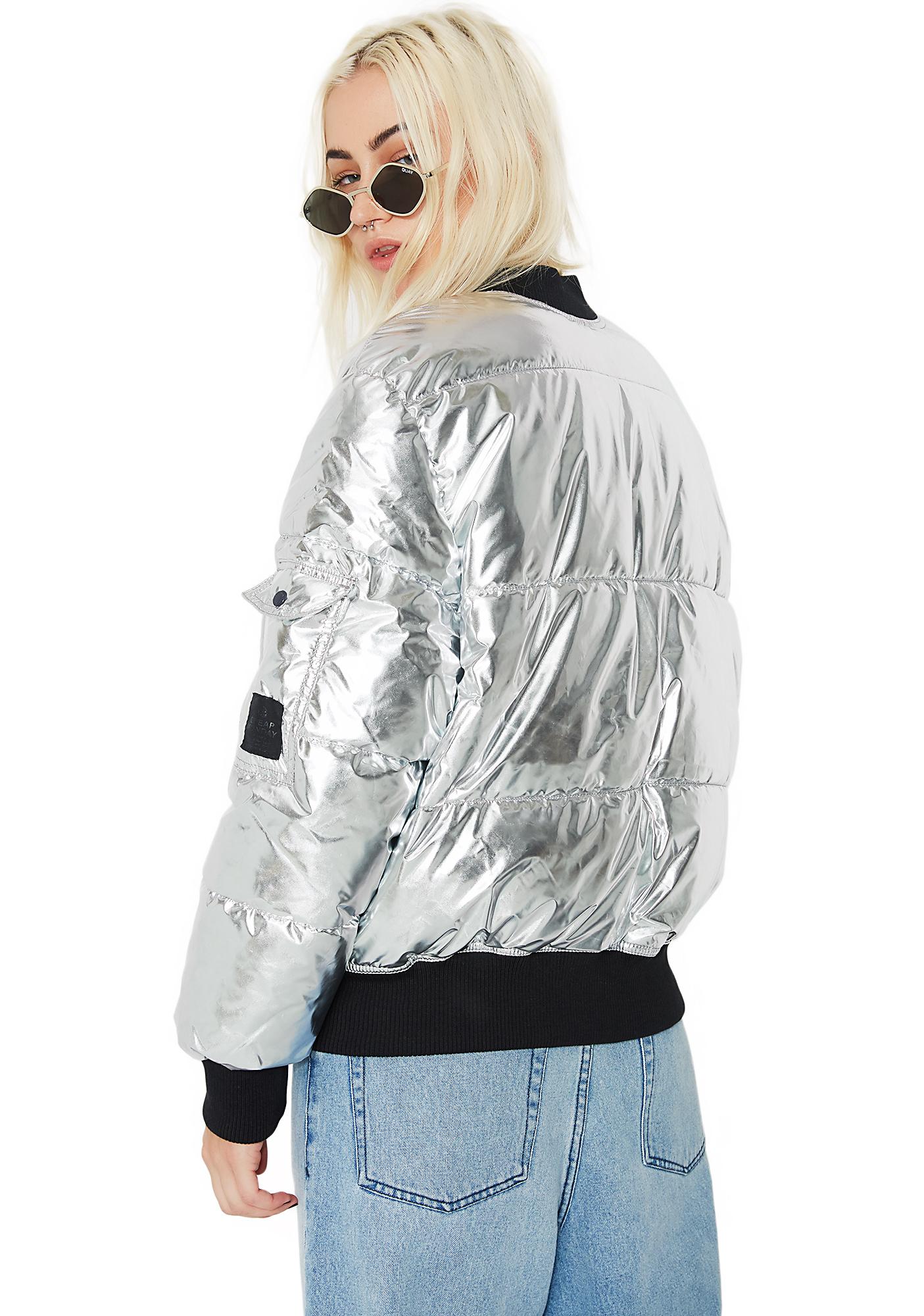The day has come, I can’t wait any longer!
It’d be…?
I’m cold and I need to buy a thermal jacket. Actually, I have never been attracted to this kind of jacket. I think it makes me look fat, I find it aesthetically exaggerated, and even though they’re common in my country (Ecuador), I’ve never wanted to get one. Let’s say that it’s not as essential there as it is in other countries. So, that’s how on an ordinary morning of 2 degrees below zero, when I was freezing, I realised that I couldn’t keep on putting it off. I need one of those jackets.
I’d been thinking for a long time that I would need this article for this season. So, I started a extensive research. By now you know that I want everything: style, colour, quality, and of course no feather. It wasn’t easy, but I think I managed to find a good list of options.
Part of my research was to make a technical comparison and a review of products (with feathers or down/synthetic fibres). It is important to know where what we use comes from and understand why we use it. Also, it is important to understand if a cruelty-free product can offer the same fuctionality as one that is not.
The first thing to consider is that grammage is important, regardless which padding is used by the brand. A lighter weave can retain less heat. The second thing to consider is that the lining fabric absorbs sweat better if it’s polyester (in this case, cotton is not recommended). The third thing to consider is the area you live in since there are companies that specialise in extreme cold.
That said, let’s see what options are from the market.
Alternative padding fibres to feathers:
- Polaterc Alpha. The Alpha® active insulation is designed for constant heat, allowing greater breathability during activity. It was invented for the US Special Forces as they needed a better insulation system for extreme temperature changes and the start and end conditions of the battle.
- Thermoloft is a hollow multifilament polyester fibres used for thermal padding of warm clothing. It is particularly suitable for cold climates due to its ability to keep warm even in the harshest weather conditions.
- ThermoBall. The North Face ™, in collaboration with PrimaLoft®, has a new synthetic alternative to down: ThermoBall ™ is a technological insulation revolution. Unlike traditional continuous filament syntetic insulations, the small round wads of synthetic fibres by PrimaLoft® meticulously mimic down wads by trapping and retaining heat due to small air pockets.
- Quad Fusion. It’s the typical padding of the Norwegian brand Haglöfs, made with hollow fibres of 50% polyester ricycled.
- Quad Fusion + with ADVANSA technology absorbs by 45% more than other options for high-performance insulation and evaporates by 50% more moisture than other fabrics with proven performance. Warm up when you’re cold, cool off when you’re hot. Recycled content: 100%. It has an indipendent ecological certification Bluesign.
- K-Synthetic Down is the “synthetic pen” used by Karpos italian producers.
After this extensive research, I’ve come to the conclusion that there are materials that have the same features as feathers and sometimes exceed them. I tried to find on the market some products that use these materials but offer more stylish or trendy in terms of design. It wasn’t easy since most of them don’t specify the production materials for their garments. Anyway, my research wasn’t in vain. I was able to find brands that offered these distinctive traits. Here’s my selection:
Stella McCarney is one of the pioneer of cruelty-free clothing whose clothes are undoubtely beatiful but not affordable for everyone as they belong to luxury brands.
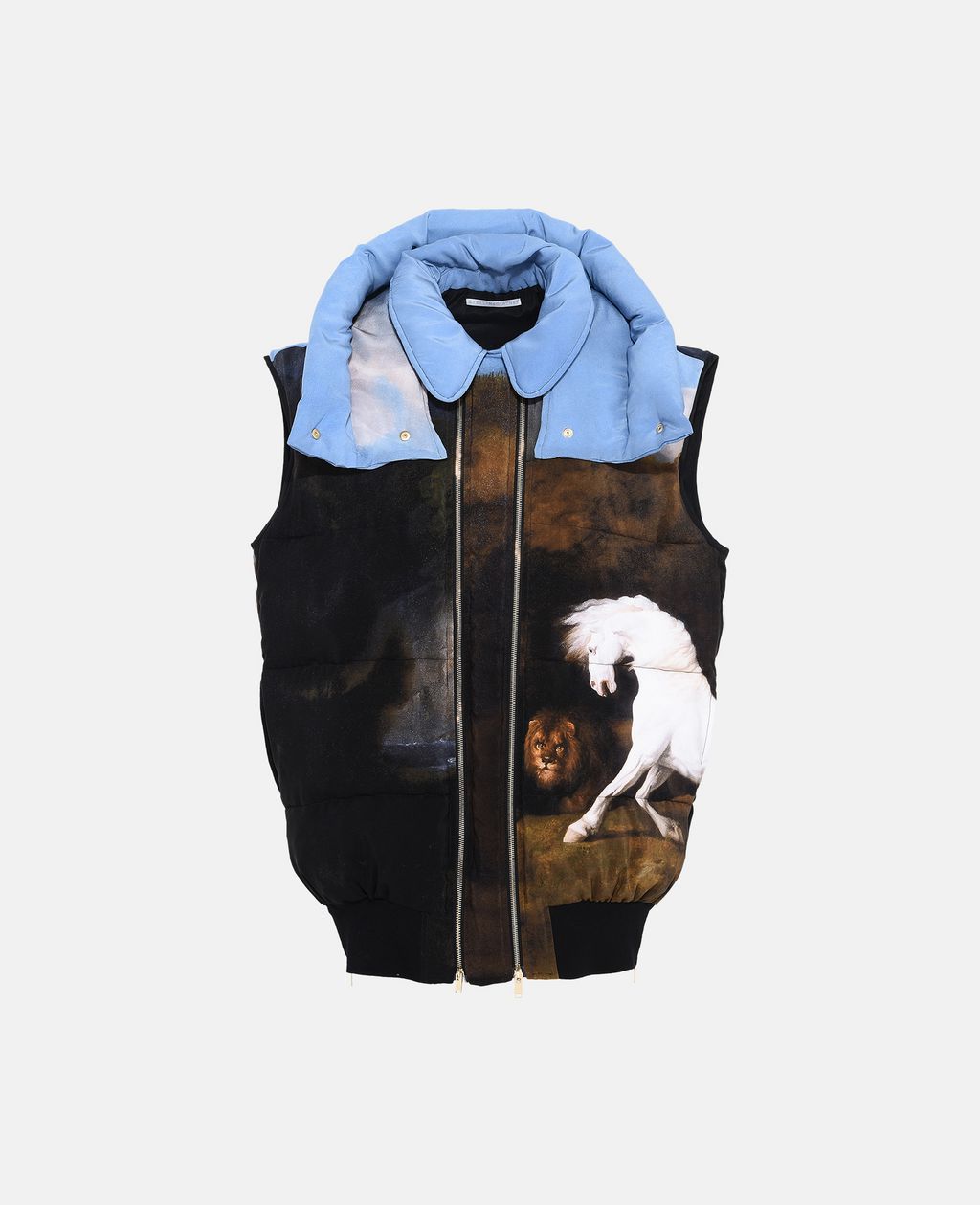
Adolfo Dominguez is another luxury brand that in 2010 decided to give up on animal skins for its clothes and accesories.
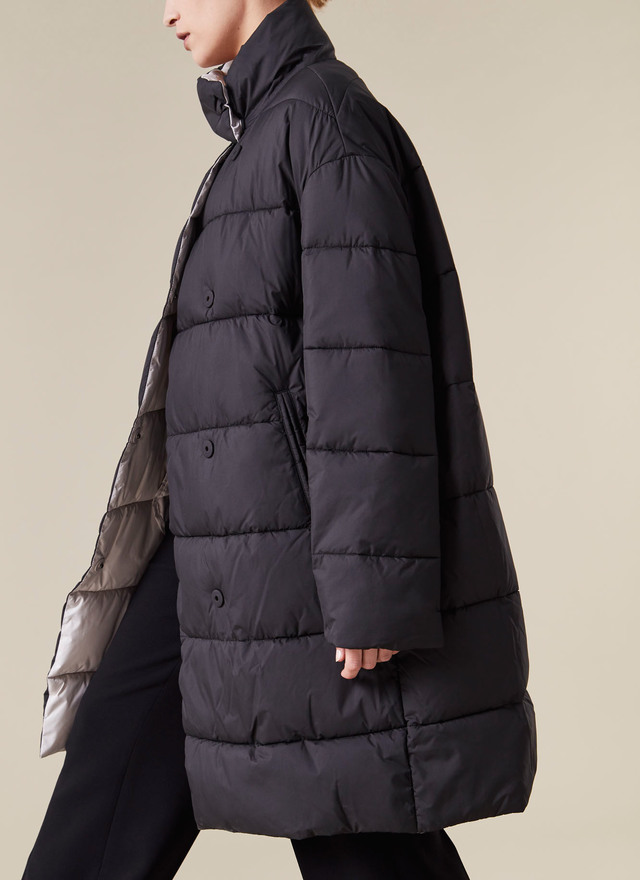
Decathlon is a chain of factories designated to the sale and distribution of sports equipment, controlled by the French group Mulliez. Present in 57 countries, it stands out for the significant development of its brands.
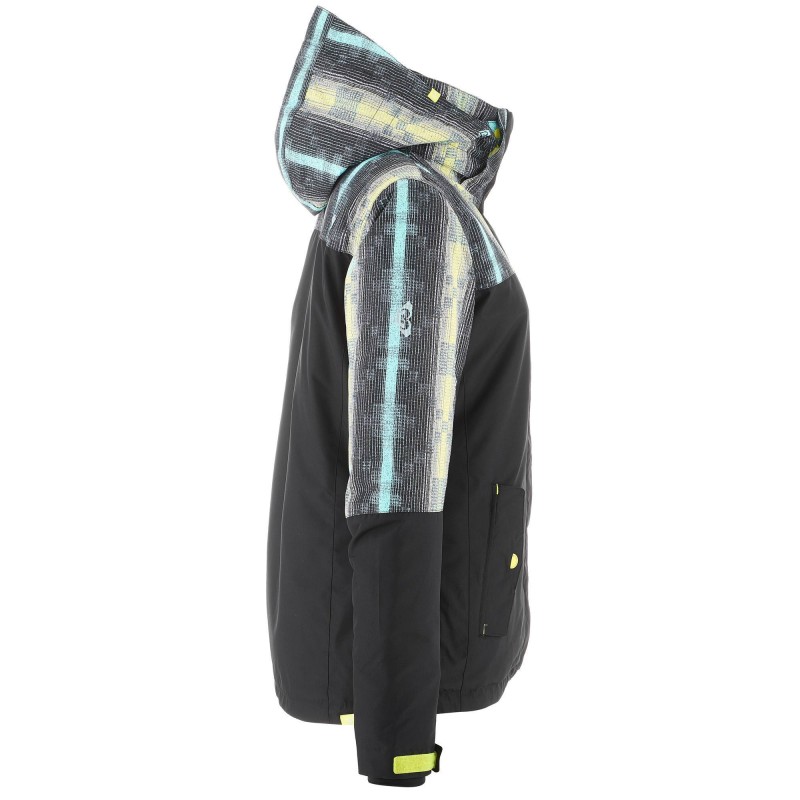
H&M is a fast fashion brand, which is not really sustainable, but I decided to take it into account because it is one of the few large companies that invests in sustainable projects with its foundation. We must be careful about the development of these projects in order to verify the truth of these intentions.
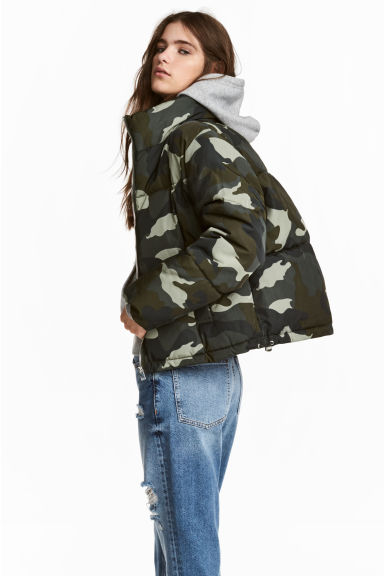
Otto is a German company, which demonstrates its commitment to sustainability by paying attention to materials and the impact of processes. If you want to know more about them and their strategic plan towards sustainability, you can read their 2015 sustainability report.

The North Face. This is a brand we are definitely most familiar with. If you’re looking for a jacket for extreme climates this is a good option.
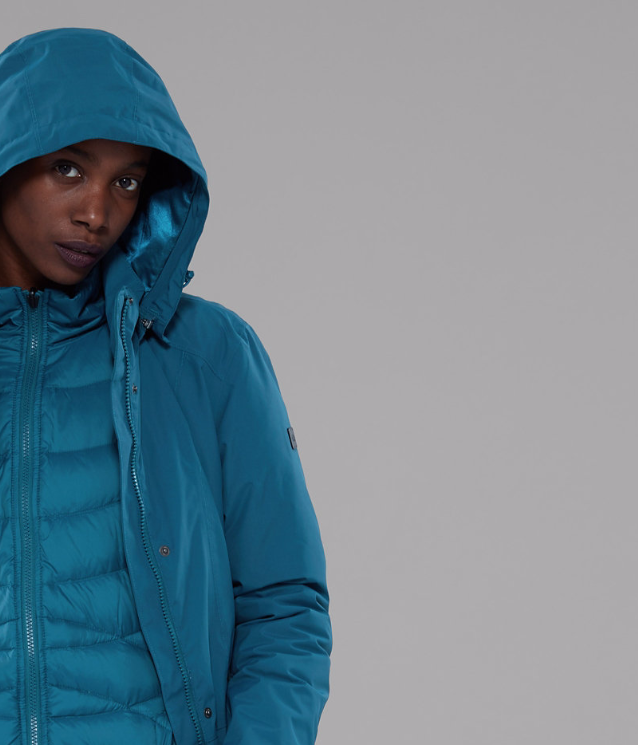
Cheap Monday. The history of this brand dates back to a small second hand shop in the outskirts of Stockholm in 2000. It was called Weekend and was open at weekends only. The shop had a great reception thanks to the excellent selection of garments. Later, thanks to the success of the brand, they opened a larger shop that opened everyday. You can guess the right name: Weekday. Of course, the brand didn’t stop selling second hand clothing but incorporated a key change into this story: exclusive denim brands, jeans of high quality but much cheaper than those offered by their own business. Thus, the Cheap Monday jeans were born. In 2008 it was acquired by H&M, but Cheap Monday has kept its image free and little related to the low-cost empire that turned it into a rebel company.

So, girls, if you want to know what my choice was, you have to come and have a look!! The Green Side of Pink


